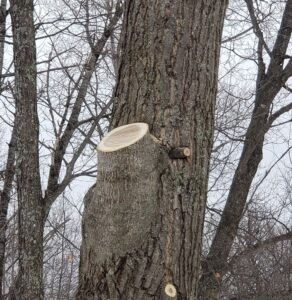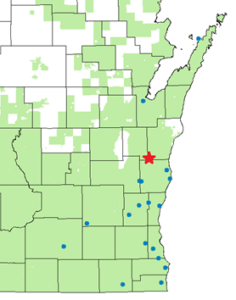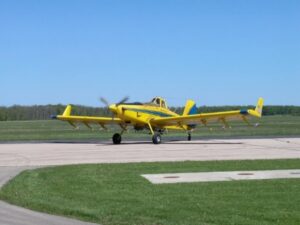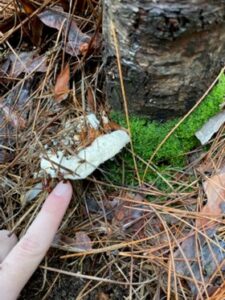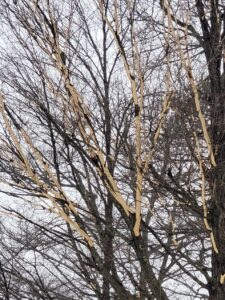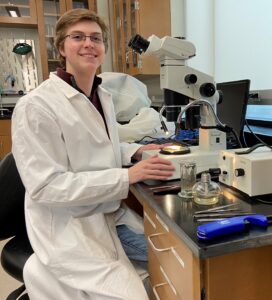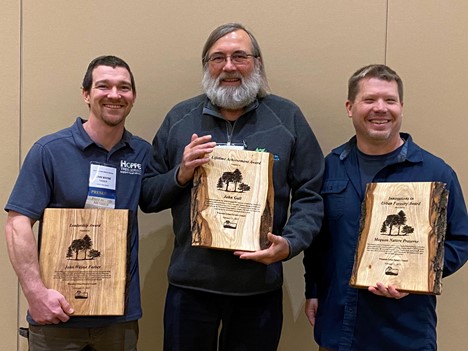By Kyoko Scanlon, DNR Forest Pathologist, Kyoko.Scanlon@wisconsin.gov or 608-235-7532
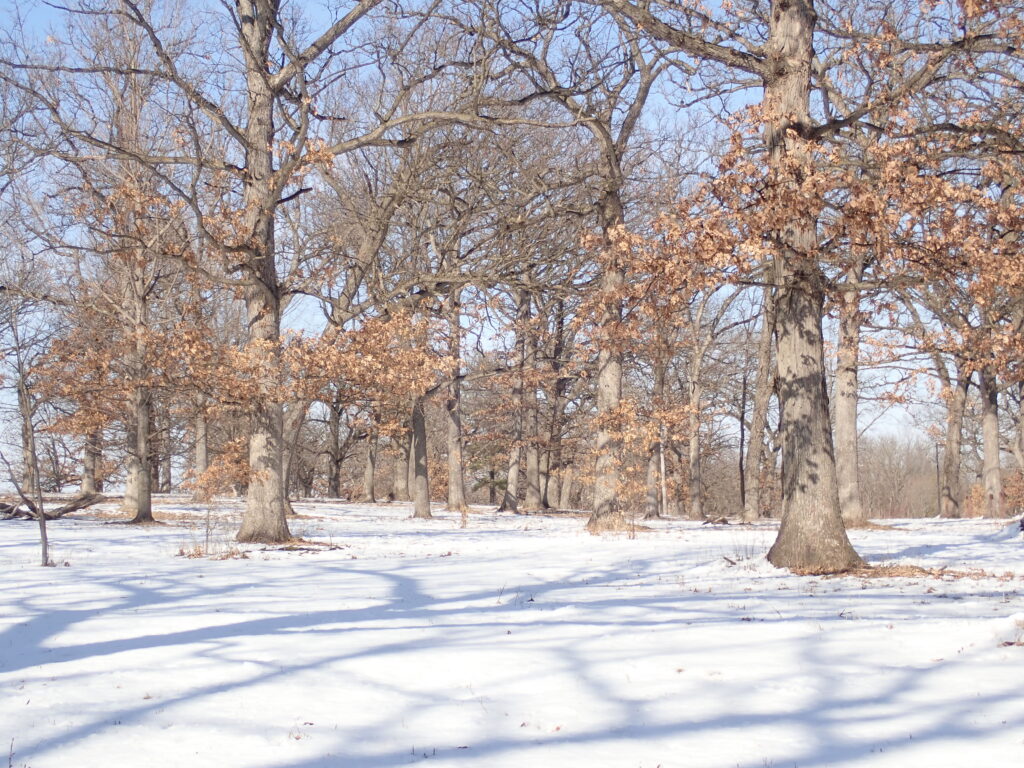
The colder weather in spring 2023 might delay the DNR’s recommendations to avoid trimming or cutting from April through July. Photo: Wisconsin DNR
It’s April, but in much of Wisconsin the weather doesn’t seem to have gotten the message.
You may be wondering if the oak harvesting restriction that started on April 1 (south of the tension zone) and will start on April 15 (north of the tension zone) might be pushed back due to unusually cold temperatures.
Even with unusually cold springs, we remain consistent with the same general messages: “Stop pruning in April” and “Avoid harvesting in April (south of the tension zone).” We do this for the following reasons:
- It is difficult to spread the word in a timely manner about when to begin the restrictions. Often when spring comes late, it arrives suddenly; in those cases, before we know it, we’ve entered the high-risk period.
- We want to be consistent in stressing the messages of the existing oak harvesting guidelines, so that the public is aware of them.

